SGGPO
Royal bananas used to bring in hundreds of millions of dong in annual income for people in the specialized growing area of Hanh Tin Dong commune (Nghia Hanh district, Quang Ngai province), but now there are only scattered gardens left because the royal bananas are sick and die continuously.
Royal bananas infected with disease, died in large numbers
Hanh Tin Dong commune is famous for being the largest banana growing area in Quang Ngai province. Almost 100% of households grow bananas. Every house has from 1 to 2 sao, some even up to 1 hectare.
Royal bananas adapt well to the alluvial soil along the Ve River and are popular in the market. Every year, the income from royal bananas reaches hundreds of millions of VND per hectare, helping to improve people's lives. However, in recent years, the "capital" of royal bananas of more than 25 hectares has only become scattered with only more than 5 hectares, no longer having large specialized areas like before.
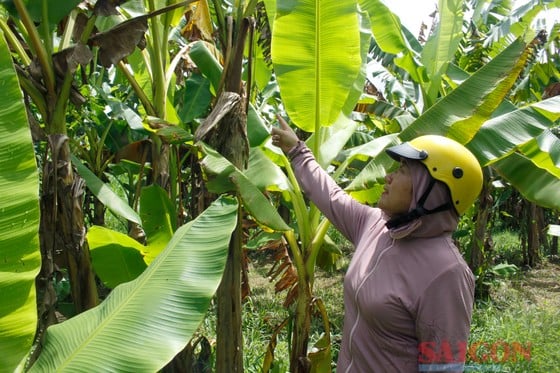 |
Royal banana leaves turn yellow from bottom up, infected with disease and dying en masse. Photo: NGUYEN TRANG |
Mr. Truong Tin (Hanh Tin Dong commune) said: "I planted 4 sao of royal bananas, all of them died from disease, the mother plants infected the young plants, I had to destroy them, only trying to keep a few healthy young plants for breeding."
Similarly, Mr. To Van Tinh (Hanh Tin Dong commune) has 1 hectare of banana growing area. Up to now, the banana leaves are yellow, infected with disease, and the garden is barren.
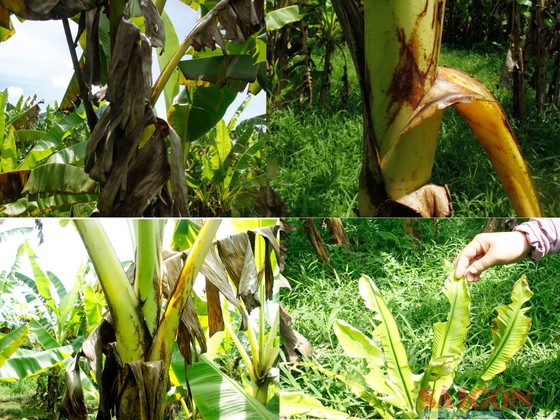 |
The mother plant got sick and infected the baby plant. Photo: NGUYEN TRANG |
Because the banana trees are infected with disease and dying continuously, many households cannot survive and have switched to growing other crops such as corn, beans, etc.
Restoring the royal banana growing area
Mr. Le Quang Nhu, Head of the Department of Agriculture and Rural Development of Nghia Hanh district, said: "The Agricultural Service Center of Nghia Hanh district, the Department of Agriculture and Rural Development of the district, and the Department of Cultivation and Plant Protection of Quang Ngai province have taken samples, tested and determined that the banana tree died due to a fungal infection. There is no specific medicine to treat this disease."
According to Mr. Le Quang Nhu, because people grow banana trees on the same land continuously without treating the soil, it creates an environment for fungi to grow, leading to a high rate of infected and dead banana trees.
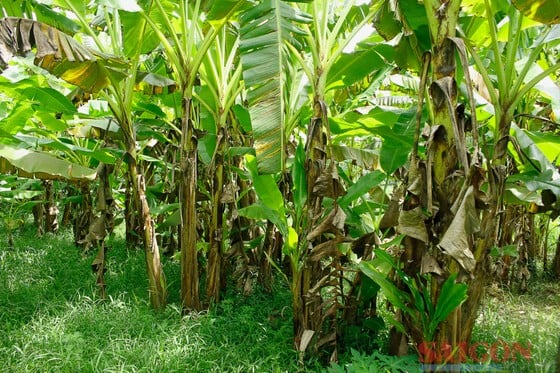 |
Growing bananas on the same land for many years continuously leads to the proliferation of fungal diseases. Photo: NGUYEN TRANG |
The head of the Department of Agriculture and Rural Development of Nghia Hanh district said: "In the immediate future, in areas where banana trees are sick or dying, the land should be left to rest for a while or the land should be improved and other plants should be planted to restore the land."
Signs of the disease: banana leaves turn yellow from bottom to top, banana tree becomes exhausted, gradually withers, and cannot keep its roots for the next crop.
The royal banana product of Hanh Tin Dong commune is included in the program “One commune one product” and is certified with 3-star OCOP at the provincial level, improving quality and ensuring standard conditions. Facing the decline of banana growing areas due to fungal diseases, local authorities are extremely worried.
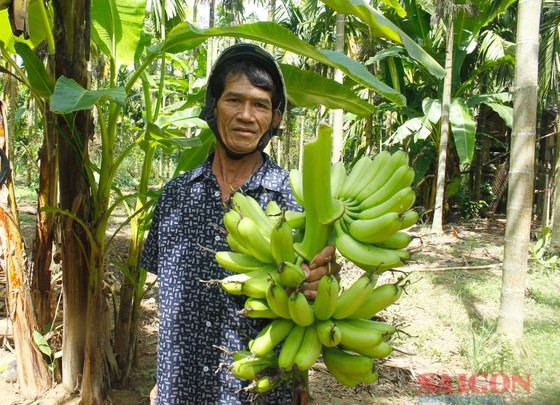 |
Royal banana products of Hanh Tin Dong commune are certified with 3-star OCOP at the provincial level. Photo: NGUYEN TRANG |
Mr. Trinh Be, Chairman of the People's Committee of Hanh Tin Dong Commune, said: "Faced with the decline of banana growing areas due to fungal diseases, the locality is trying to preserve the gardens where bananas can still be grown. For the diseased royal banana areas, select and maintain the trees that are still able to grow. The bananas may not be as beautiful as in previous years, but the locality cannot have no more royal bananas."
According to Mr. Trinh Be, banana growing areas that have been affected by diseases are being converted to other crops to regenerate the soil, and chemicals and fertilizers are being used to treat the soil. Areas that previously did not grow bananas are now being converted to banana growing to maintain the growing areas.
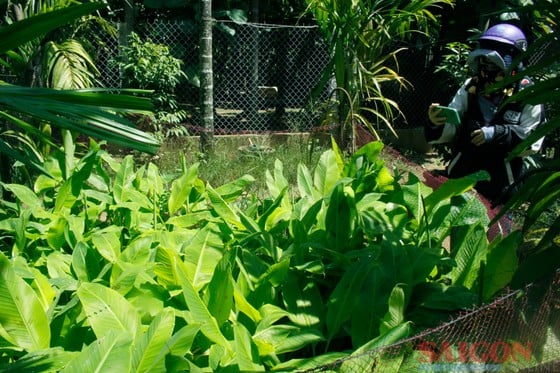 |
Royal bananas from tissue culture are growing well. Photo: NGUYEN TRANG |
To have a new source of seeds to ensure the restoration of the royal banana growing area, the District Agricultural Service Center has brought tissue cultured seeds to the planned pilot planting area of 2 hectares. Currently, people are taking care of the seedlings. Initial results show that the royal banana varieties from tissue culture are growing well, adapting to the climate conditions of the Central region. It is expected that by the end of July, people will transfer the seedlings to plant on land planned for the new royal banana growing area of Hanh Tin Dong commune.
Ms. Lam Thi Thuy Nga, Chairwoman of the Farmers' Association of Hanh Tin Dong Commune, said: In the past, each garden had 2-3 traders coming to buy twice on the 15th and 1st of every month. They shipped royal bananas to all over the province and outside.
The locality also supports people with product output channels, promoting on Facebook, Zalo, and postal electronic trading floors. In addition, many establishments selling agricultural products and supermarkets also raise the issue of daily banana supply.
Since then, people have been selling bananas very quickly. With 1 sao of royal bananas, each bunch has 5-7 bunches, priced from 15,000 - 25,000 VND/bunch, sold twice a month, banana farmers can earn from 700,000 to 2 million VND/sao, for specialized gardens, they can earn 100 - 150 million VND/ha/year.
However, after the bananas got sick, the bustling scene was no longer there, the banana garden was barren and desolate.
Source














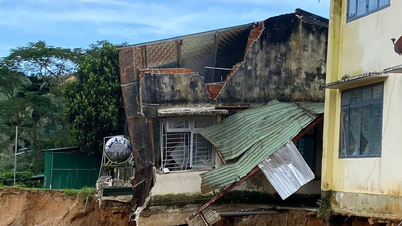



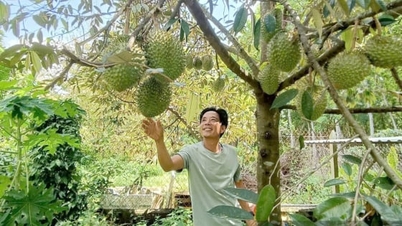
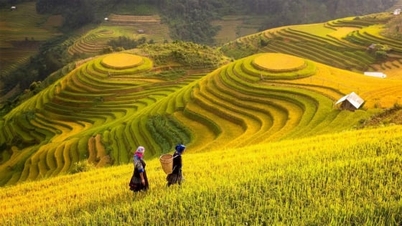

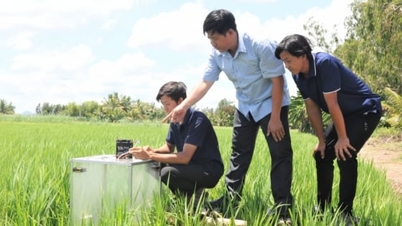







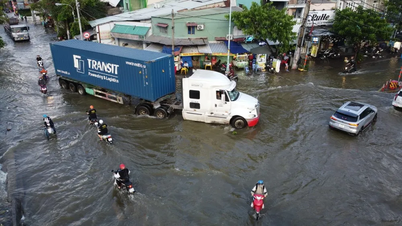




![[Photo] Prime Minister Pham Minh Chinh attends the Patriotic Emulation Congress of the Ministry of Foreign Affairs for the 2025-2030 period](https://vphoto.vietnam.vn/thumb/1200x675/vietnam/resource/IMAGE/2025/11/10/1762762603245_dsc-1428-jpg.webp)
![[Photo] Prime Minister Pham Minh Chinh attends the annual Vietnam Business Forum](https://vphoto.vietnam.vn/thumb/1200x675/vietnam/resource/IMAGE/2025/11/10/1762780307172_dsc-1710-jpg.webp)



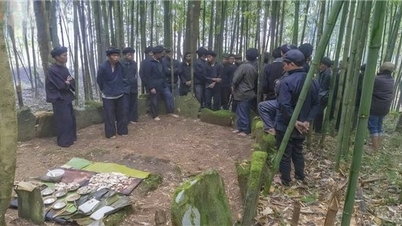




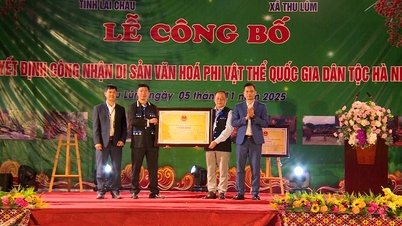



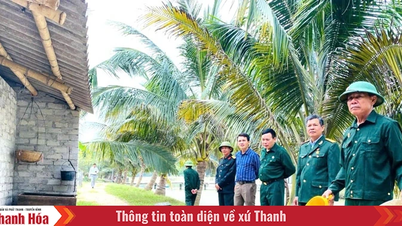


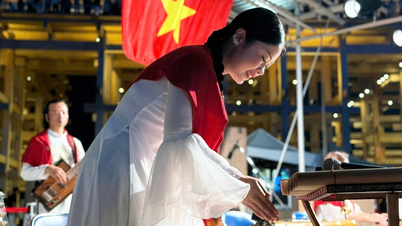

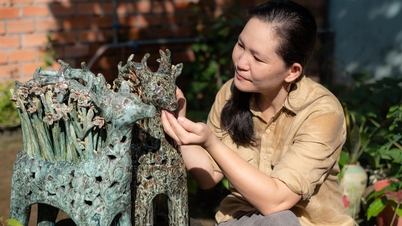










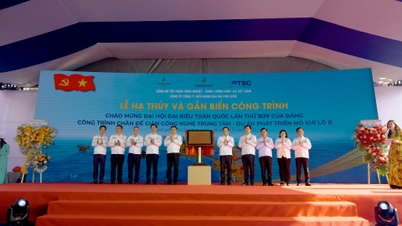
















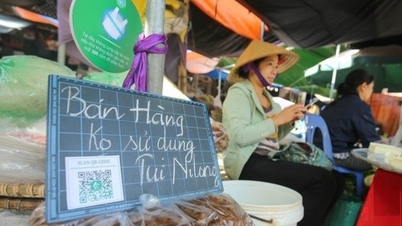




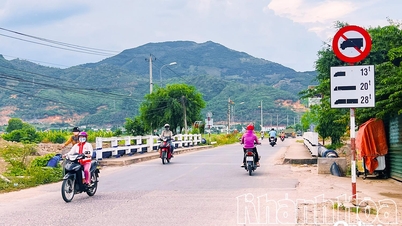




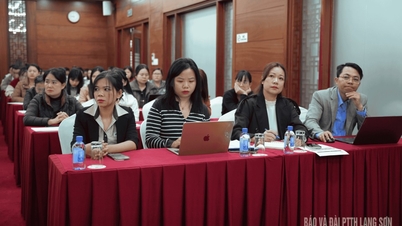


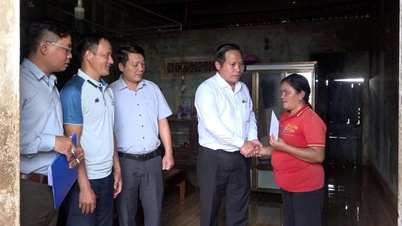


![Dong Nai OCOP transition: [Article 3] Linking tourism with OCOP product consumption](https://vphoto.vietnam.vn/thumb/402x226/vietnam/resource/IMAGE/2025/11/10/1762739199309_1324-2740-7_n-162543_981.jpeg)




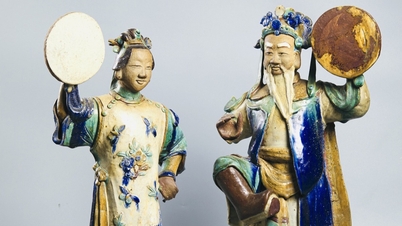



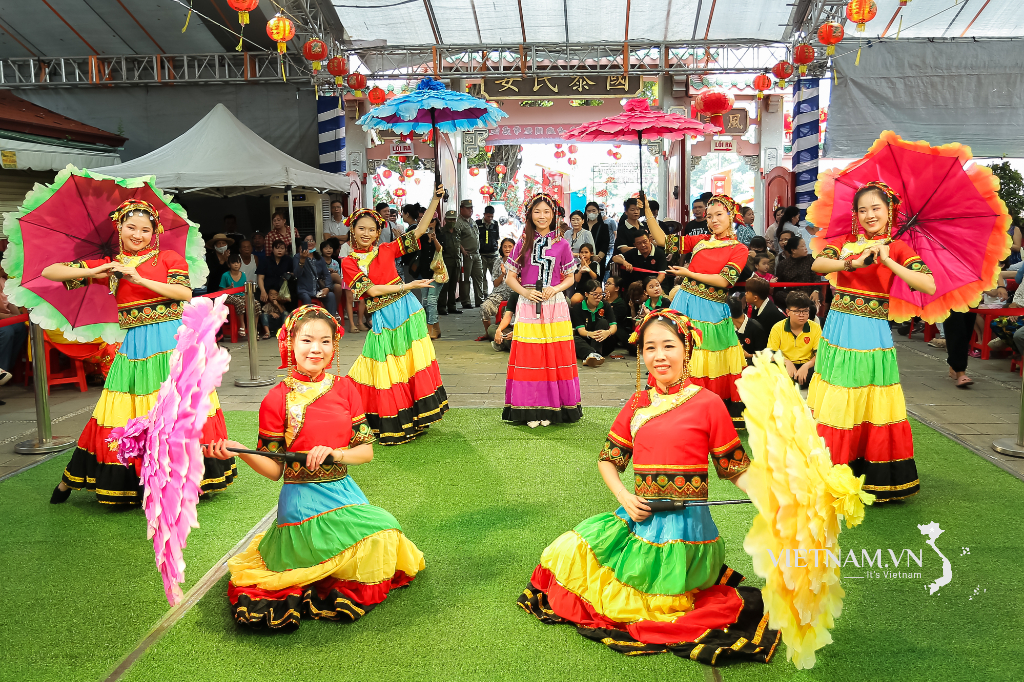

Comment (0)